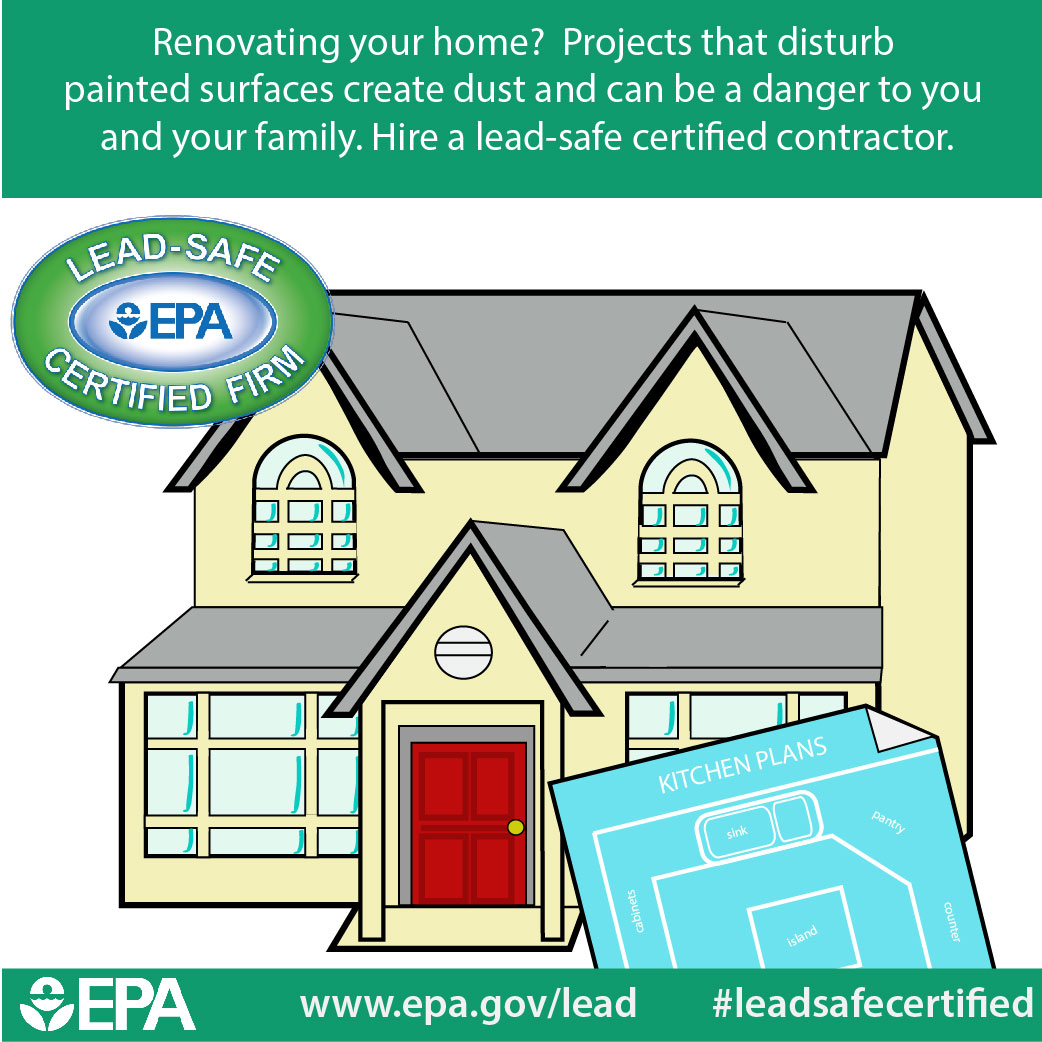Find Out How Seasonal Factors Affect Business Exterior Paint Success And Uncover The Most Effective Times To Guarantee Long Lasting Results For Your Task
Find Out How Seasonal Factors Affect Business Exterior Paint Success And Uncover The Most Effective Times To Guarantee Long Lasting Results For Your Task
Blog Article
Material Writer-Ford Whalen
When you're planning a business outside painting task, seasonal factors can make or damage your results. You'll want to think about exactly how temperature and moisture influence paint application and drying times. Picking the right season can ensure your paint sticks effectively and lasts longer. Yet which seasons are absolutely the best for this sort of job? Allow' click this link out the key elements that can impact your job's success.
The Influence of Temperature Level on Paint Application
When you're planning an industrial outside painting project, the temperature can significantly affect how well the paint sticks and dries.
Preferably, you intend to paint when temperature levels vary in between 50 ° F and 85 ° F. If it's too cool, the paint may not cure appropriately, causing issues like peeling or breaking.
On the other side, if it's too warm, the paint can dry out too promptly, preventing proper bond and leading to an unequal coating.
You must additionally take into consideration the moment of day; early morning or late afternoon offers cooler temperatures, which can be more positive.
Always inspect the manufacturer's recommendations for the certain paint you're using, as they typically provide advice on the suitable temperature variety for optimal results.
Humidity and Its Impact on Drying Times
Temperature level isn't the only environmental element that influences your industrial outside paint job; humidity plays a significant function as well. High humidity levels can slow down drying times substantially, impacting the general top quality of your paint task.
When the air is saturated with dampness, the paint takes longer to cure, which can bring about problems like inadequate bond and a greater danger of mold development. If you're painting on a specifically humid day, be prepared for prolonged wait times in between layers.
https://jaidenbluck.bloggactivo.com/33692525/choosing-the-very-best-residence-painters-introducing-the-keys-to-an-eye-catching-home-spruce-up to keep track of neighborhood weather and strategy as necessary. Ideally, aim for humidity degrees in between 40% and 70% for optimal drying out.
Maintaining these consider mind guarantees your project remains on track and delivers a long lasting finish.
Best Seasons for Commercial Outside Painting Projects
What's the best season for your industrial external painting jobs?
Spring and very early loss are generally your best options. During these seasons, temperatures are moderate, and humidity levels are often lower, developing excellent problems for paint application and drying.
Prevent summer's intense heat, which can create paint to completely dry too quickly, bring about inadequate bond and surface. Likewise, winter months's chilly temperature levels can prevent correct drying and curing, taking the chance of the durability of your paint job.
Aim for days with temperatures in between 50 ° F and 85 ° F for ideal results. Keep in mind to check the local weather forecast for rainfall, as wet conditions can destroy your task.
Planning around these variables ensures your paint job runs efficiently and lasts much longer.
Conclusion
In conclusion, planning your business exterior painting projects around seasonal considerations can make a considerable difference in the end result. By scheduling work throughout the ideal temperature levels and moisture levels, you'll guarantee much better attachment and drying out times. Keep in mind to keep an eye on regional weather forecasts and choose the right time of year-- springtime and very early autumn are your best options. Taking these steps will help you achieve a durable and specialist finish that lasts.
